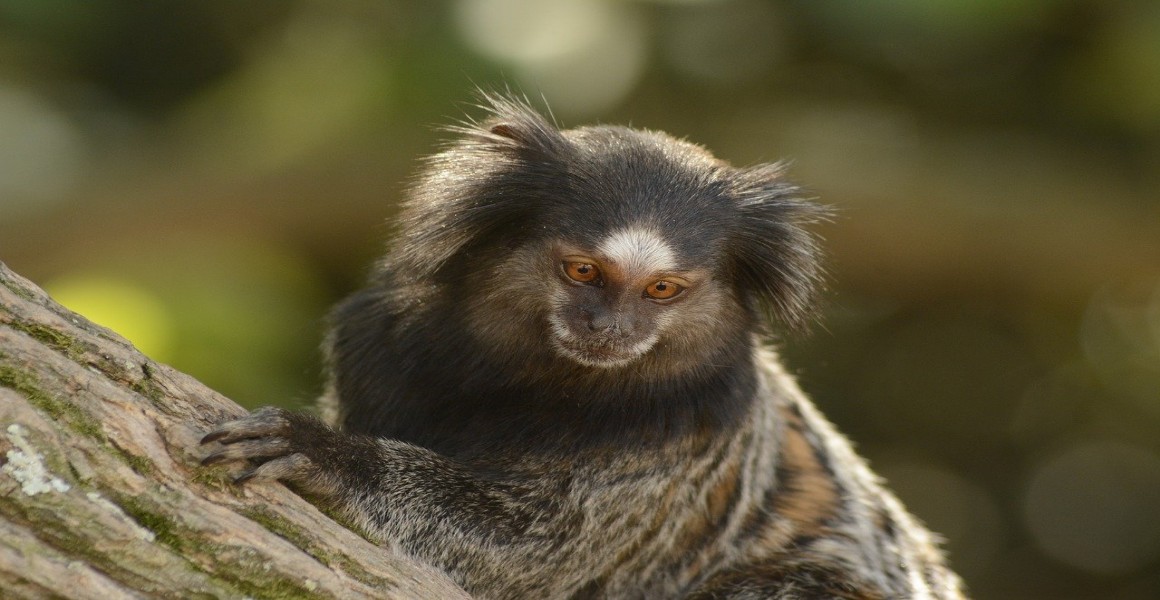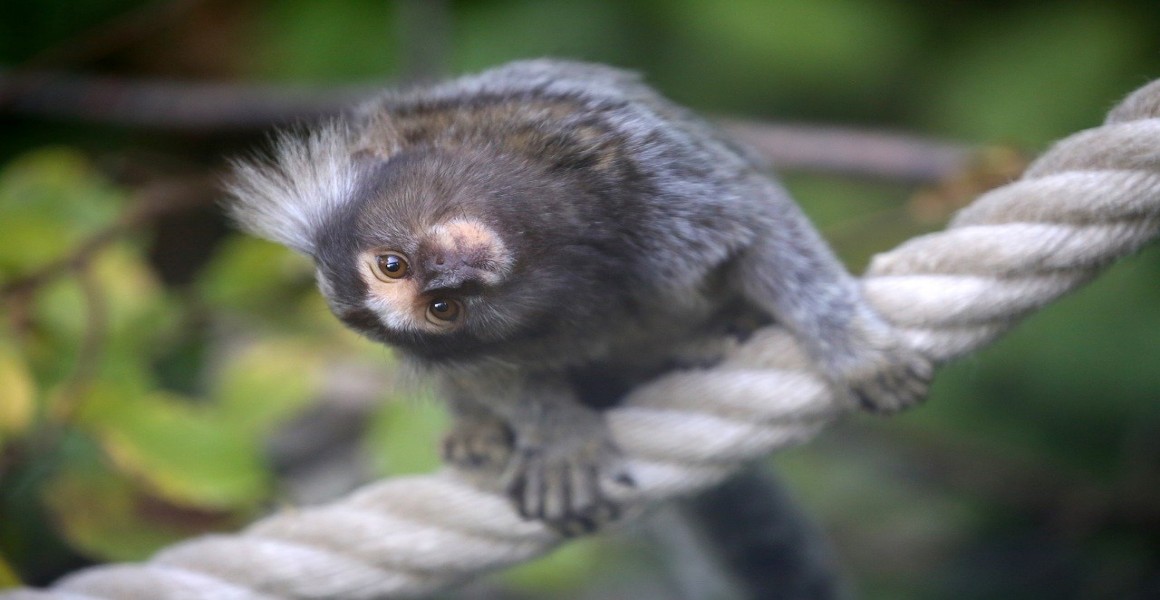Marmosets as pets are gaining popularity rapidly today. In accordance to the adorable appeal these creatures have, people are quite enthusiastic about keeping these creatures as pets.
The term ‘marmoset’ is used to denote about 25 new world monkey species pertaining to the genera Callithrix, Callibella, Mico and Cebuella. They come in a variety of sizes, from small to mouse-sized. Marmosets are generally about 20 inches in length, have claws instead of nails and feature tactile hair on their wrists. Their brain layout is more of the primitive type and their body temperature usually varies within a range of 4°C in a day. They lack wisdom teeth, however, possess sharp incisors to chew holes in tree trunks (So you know how sharp!). These tiny marmosets or South American monkeys are basically wild animals. However, today marmosets as pets are becoming extremely popular and common. ‘You can never get enough of a marmoset’ is the phrase that is often heard.
How to Take Care of a Pet Marmoset?
Marmoset monkeys are cute to the eye and are really adorable and docile in appearance. However, these little creatures are not that easy to handle and are highly demanding pets. Those who still want to transform these creatures into household pets need to be prepared to meet all their needs. Marmoset monkeys require one’s time, attention and financial support (not to mention all the training required).These creatures will depend on you for every need. Do not live in the bubble that they will one day become self-sufficient. Moreover, since these animals can live up to 20 years, one is making a long-term commitment to take care of the primate.
These animals do not like to be left on their own or unsupervised. They are social animals and require emotional support. In the wild they live in groups, so it would be unfair to keep them alone in a cage. If left alone for too long, they will end up becoming ill-mannered and destructive pets. Either you get a mate for the marmoset or give it a large portion of your time. Nevertheless, this does not mean you don’t need to pay attention to it after bringing home a mate.
Emotionally neglected marmosets often end up developing the habit of biting, throwing tantrums and fits. They will even pull their hair, slap and scratch themselves to gain one’s attention. Marmosets are not mean animals, they have personalities of their own, and are attention-seeking creatures. Since they have a wide range of vocalizations, high pitched screams are quite common. The screams get shriller and louder if they are irritated. extremely embarrassing if you have guests visiting.
Baby marmosets when bottle-fed are quite lovable, however, their entrance into sexual maturity makes them quite aggressive and unpredictable. They reach maturity in about 18-24 months and can even end up being dangerous to the owners. They react more like human teenagers and have strong instincts and urges.
Marmosets need extreme training and unless one has worked with animals, especially monkeys, training these little ones will prove quite difficult. Usually breeders end up hand-raising marmosets in order to produce better domesticated pets. Hand-raising marmosets is no child’s play. It’s a job that requires diligence and patience.
Marmosets are not very messy, however their urine does have a strong stench (especially the males). They tend to urinate quite often and will try to urinate on you from inside the cage. Marmosets mark their area by rubbing their perineum on various locations. However, with a lot of training, the marmosets can be taught to demarcate only specified areas with their urine.
These animals are also observed to urinate on their paws, so as to give themselves better grip while climbing. Marmosets also have a particular scent of their own, which combined with their urine smells awful.
Marmosets as pets require a large cage embedded with scores of toys, towels, hammocks, plants and tunnels to go through. Toys are essential as they love to play and this keeps them busy throughout the day. The cage has to be regularly cleaned and needs to be provided with a heating source (250-watt bulb heating lamp or infrared lamp). As far as the cage size goes, the larger the better for the marmoset. If it’s a small cage, one needs to ensure the marmoset gets enough time outside the cage.
Marmosets can catch common colds easily and can even be affected by diseases like measles, chickenpox, cold sores and even HIV. In fact, marmosets can contract any disease that affects us humans. Thus, one has to be extremely careful to avoid cross contamination. Marshmallow treats can be given to marmosets to entice them into cooperating with the medication.
As far as the Marmoset’s diet is concerned, they need to be given a rotating diet, rich in Vitamin C and D3. Canned marmoset food and biscuits are available, however, since these monkeys get bored of the same food, they need to be given fresh fruits, vegetables, hard-boiled eggs, cooked fish and white meat, baby cereal, whole grains like pasta, rice, etc. They also relish small insects like mealworms, crickets, grasshoppers, etc. Give them such insects twice a week. This will keep them busy.
What’s interesting is that these creatures love sweet treats like jelly, marshmallows, cakes, melted ice creams and licorice. They also love bananas and grapes. However, a marmoset’s diet should be balanced with adequate protein, vitamins and minerals. Vitamin supplements can be given additionally along with the diet.
One common marmoset as pet, is the pygmy marmoset, which is really difficult to get and requires a special permit to keep. Pygmy marmoset as pets are quite difficult to handle as they require feeding every two hours for two weeks straight. This tiny species is known to attack and bite owners. It even throws feces at the owner.





